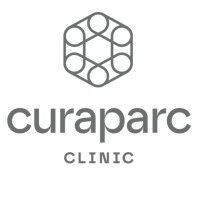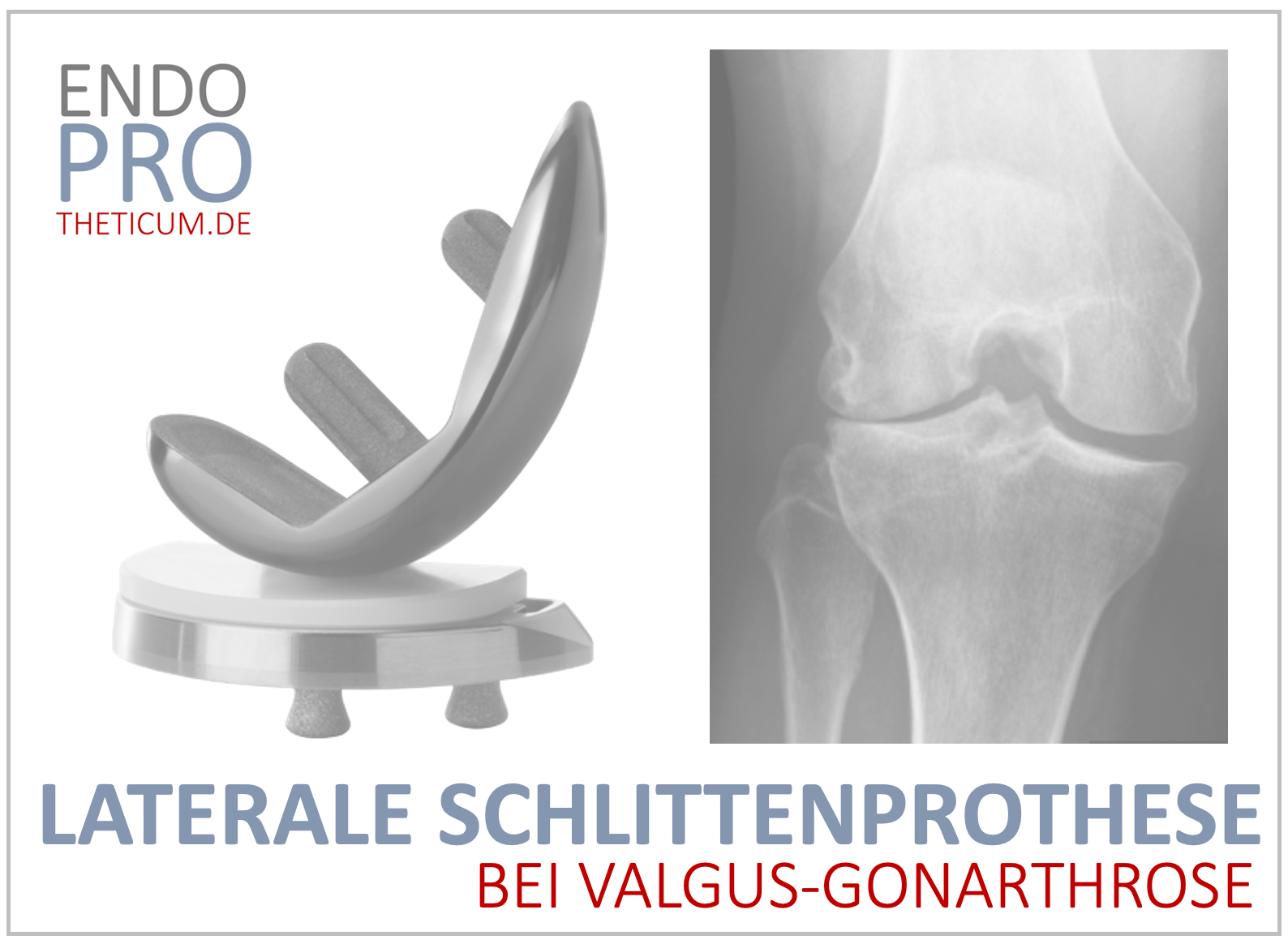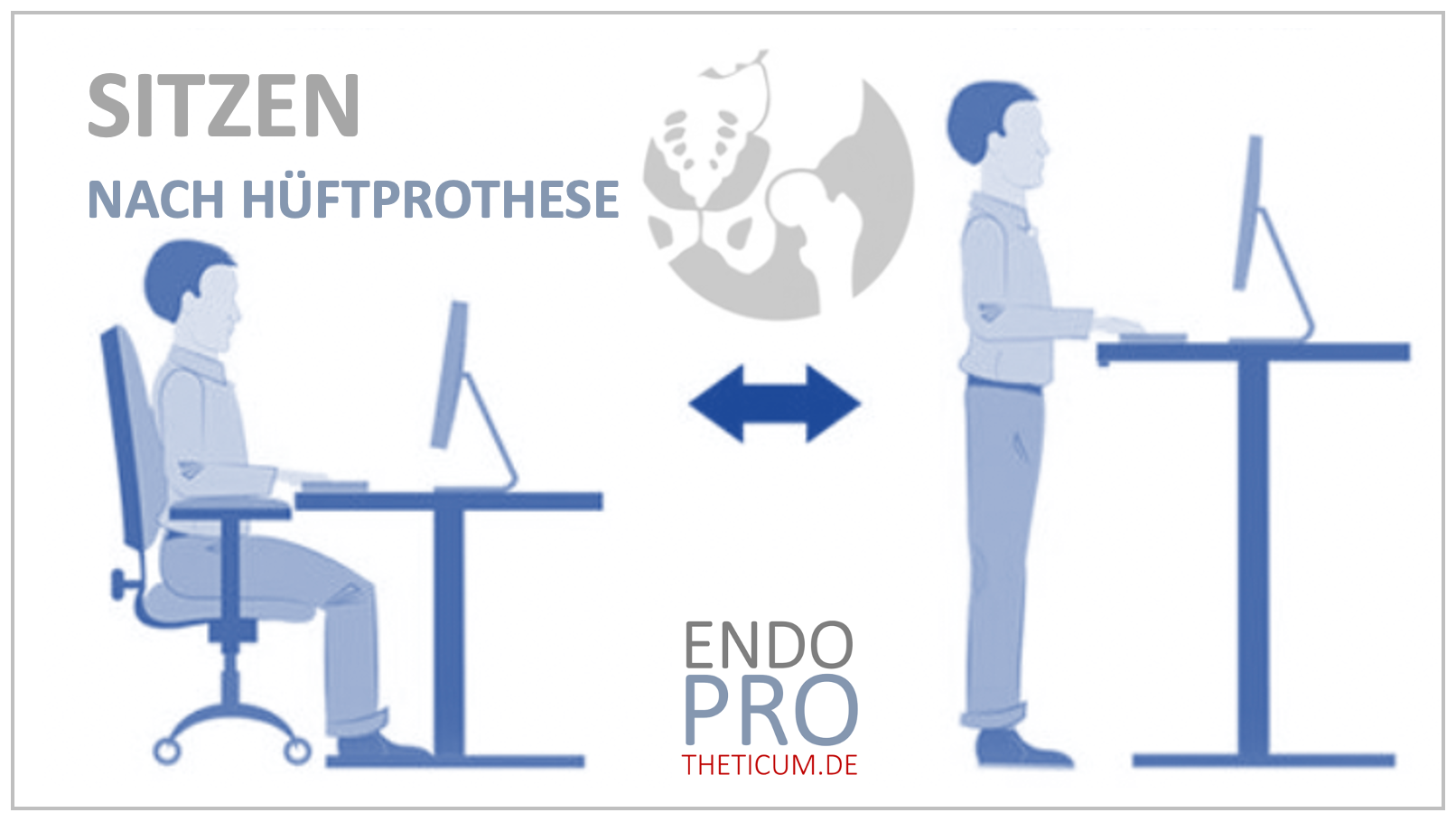Artificial hip joint (Hip-Tep): Which are the most important risks?
Why the Enlightenment about the process and the risks of a hip prosthesis (Hip-Tep) is so important.

An artificial hip joint, also referred to as a hip prosthesis (hip-Tep), is a medical solution for people with severe hip joint diseases such as osteoarthritis or after traumatic injuries. Although this intervention helps many patients to improve quality of life, it is essential to be aware of the potential risks and to be comprehensively informed. In this article, the most important risks of an artificial hip joint are explained in detail and the advantages of the short -time prosthesis with regard to minimizing these risks are emphasized.
Why is comprehensive education so important?
The comprehensive information plays a crucial role in the success of treatment in a hip prosthesis implantation. A well -informed patient usually has realistic expectations, knows the necessary postoperative behavior and can actively contribute to a positive healing course. Studies show that patients who are well informed about the intervention, the risks and rehabilitation, have fewer fears, are more motivated by postoperatively and achieve better results overall.
Advantages of a good education:
- Reduction of fear and uncertainty: Who knows what awaits him can mentally adjust to the operation and the subsequent rehabilitation.
- Better postoperative cooperation: Patients who are informed about physiotherapeutic measures, movement restrictions and the correct use of the prosthesis can actively participate in their healing course.
- Avoidance of complications: With knowledge of risk factors such as infections, luxations or thrombosis, patients can implement preventive measures more consistently.
- Long -term therapy success: Anyone who properly burdens their hip prosthesis and adheres to the recommendations of doctors and physiotherapists benefit in the long term from a better function and longevity of the prosthesis.
The Enlightenment should therefore not only contain information about the surgical intervention itself, but also through optimal preparation, rehabilitation and the long -term handling of the artificial hip joint. The doctor-patient dialog is an essential part of the treatment process, since well-informed patients suffer less frequently complications and are more satisfied with the treatment result overall.
General risks of an artificial hip joint (Hip-Tep)
1. Infections
One of the most serious complications after the implantation of an artificial hip joint is the infection. Although modern sterile techniques minimize the risk, there is still the possibility of infection in the operating area. Such infections can be superficial or deep and often require intensive medical treatment, including other surgical interventions.
Types of infections:
- Early infection: occurs within the first six weeks after the operation. Symptoms are reddening, swelling and pus formation at the surgical center.
- Late infection: can occur months or years after the implantation and is often more difficult to diagnose.
Treatment options:
- Antibiotic therapy
- Operative wound cleaning
- Exchange of the prosthesis
2. Thrombosis and embolism
Operations on the lower half of the body, especially on the hip, increase the risk of the formation of blood clots in the veins, known as thrombosis. If such a clot loosens and wanders into the lungs, it can lead to a potentially life -threatening pulmonary embolism. Therefore, careful thrombosis prophylaxis after the operation is essential.
Preventive measures:
- Taking blood -thinning medication
- Wear of compression stockings
- Early mobilization
3. Luxation (removal)
A possible complication of an artificial hip joint is the dislocation, i.e. cutting out the hip head from the hip pan. This occurs especially in the first few months after the operation if the surrounding muscles are not yet sufficiently stable. Luxations are very painful and usually have to be treated in a clinic.
Causes of a dislocation
- Unfavorable movements: Especially rotating movements or the strong bend of the hip can lead to the hip head jumping out of the pan.
- Weak muscles: In the first months after the operation, the muscles cannot yet adequately stabilize the prosthesis.
- Malance of the prosthesis: If the prosthesis has not been optimally positioned, this can increase the risk of luxation.
- Unsuitable dialing choice: Some models have a higher luxation risk than others.
Prevention and treatment
- Avoiding critical movements: Patients should avoid certain movements such as overturning the legs or strong flexions.
- Physiotherapy: Targeted strengthening exercises can stabilize the muscles and reduce the risk of luxation.
- Optimal prosthesis choice: Modern implants with larger head diameters and short -term prostheses have a lower risk of luxation.
- Operative reduction: If there is still a dislocation, the prosthesis must usually be classified again under anesthesia. In rare cases, renewed surgical intervention is necessary.
4. Violation of nerves and blood vessels
Surrounding nerves and blood vessels can be violated during the implantation of an artificial hip joint. Such injuries are rare, but can lead to significant symptoms.
Possible consequences of nerve damage
- Feelings of numbness or tingling in the operated leg
- Muscle weakness , especially when lifting the leg
- Permanent nerve damage in rare cases
The sciatic nerve is particularly at risk because it runs in the immediate vicinity of the operating area.
prevention
- Careful operating technology: Experienced surgeons minimize the risk through precise procedures.
- Neuromonitoring: In some clinics, electrical signals are used during the operation to monitor the nerve function.
Violation of blood vessels
Blood vessel injuries can lead to heavy bleeding. In rare cases, blood transfusion or operative vascular repair is required.
5. Heterotopes ossification
Heterotopic ossification describes undesirable bone formation in soft tissues around the artificial joint. This can lead to restricted movement and pain.
causes
- Inflammatory reactions after the operation
- Traumatic tissue damage during implantation
- Genetic predisposition
Symptoms
- Hardening in the tissue
- Restriction of mobility
- Pain in the affected region
Treatment
- Medicine therapy: NSAID (non -steroidal anti -rheumatics) such as ibuprofen or special medications such as bisphosphonates can inhibit the formation of bone.
- Physiotherapy: Regular movement exercises can reduce stiffening.
- Surgical removal: If the ossification is very pronounced, it can be removed surgically.
6. Provere loosening and wear
Over time, wear or loosening of the implant can occur. This can have both mechanical and biological causes.
Causes of a prosthesis loosening
- Abriting particles: abrasion of plastic, metal or ceramic components can lead to an inflammatory reaction that reduces the bone.
- Bone loss (osteolysis): Inflammatory processes, the bone can break down around the prosthesis.
- Mechanical stress: False loads or inadequate anchoring can loosen the prosthesis.
Symptoms of a prosthesis loosening
- Pain in the hip or bar
- Feeling instability when walking
- Limited mobility
Treatment
- Conservative therapy: If wear is only minimal, physiotherapy can help to strengthen the surrounding muscles and thus increase stability.
- Revision surgery: In the event of severe relaxation or pain, an exchange of the prosthesis is necessary.
Advantages of the short sector for risk minimization
The short sector is a modern variant of the hip replacement replacement and offers specific advantages that can help minimize the above risks.
Bone preservation
One of the biggest advantages of the short-stem prosthesis is the preservation of bone tissue. Because the shaft is shorter, less bone material is removed, which is particularly advantageous in younger patients as it facilitates the possibility of future revision surgery.
Faster recovery
Thanks to the minimally invasive surgical technique in the implantation of short -sided prostheses, patients often benefit from faster recovery. This leads to shorter hospital stays and a faster return to everyday life.
Lower risk of luxation
Due to the improved stability of the hip joint when using short -sided prostheses, there is a lower probability of dislocations or dislocations after the operation. This increases the security and trust of the patients into the new joint.
Preservation of the bone density
The short sector is very close to the bone to the hip joint, which contributes to the preservation of the bone density. A stable, solid bone reduces the risk of fractures and other complications.
Reduced risk of heterotopic ossifications
Due to the soft tissue implantation technique and the lower bone loss when using short -sided prostheses, the risk of the formation of heterotopic ossifications can be reduced. This contributes to better postoperative mobility.
Conclusion:
An artificial hip joint can significantly improve the quality of life, but also carries risks. Careful patient education and the choice of a suitable prosthesis, for example a short -time prosthesis, can help minimize complications. If you prepare well for the operation, consistently carry out rehabilitation and pay attention to a healthy lifestyle, you can extend the durability of your prosthesis and benefit from a pain -free life in the long term.
MAKE AN APPOINTMENT?
You are welcome to make an appointment either by phone or online .



























